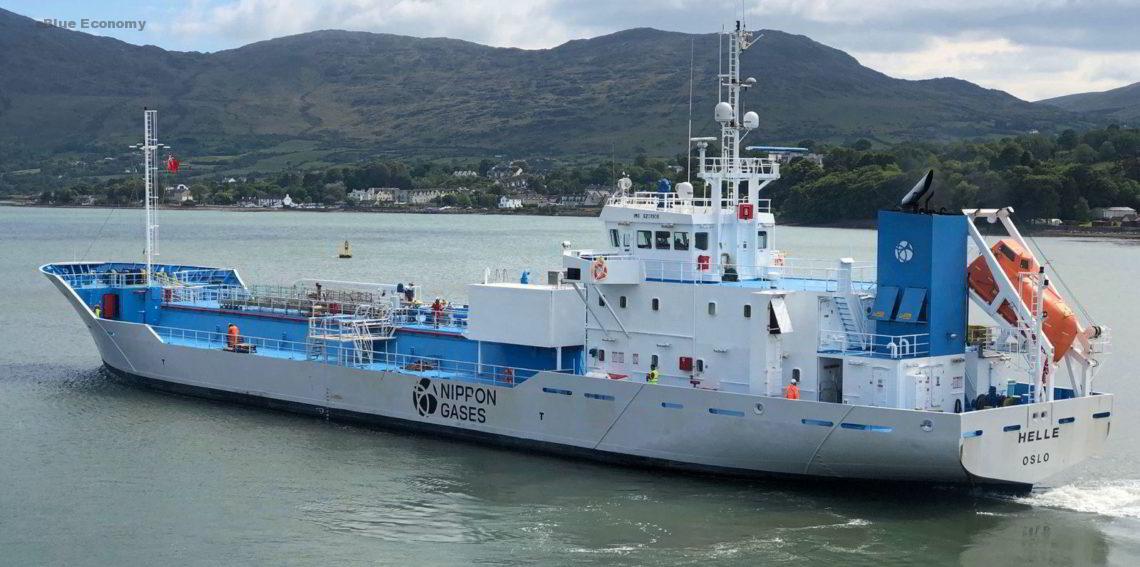Mitsui O.S.K. Lines, Ltd. has announced that the company will launch research and development (R&D) on adoption of a large-scale liquefied carbon dioxide (CO2) carrier to complete the basic design under a project entrusted to Japan CCS Co., Ltd. from Japan’s New Energy and Industrial Technology Development Organization (NEDO), according to the company’s release.
The “Long-term Strategy under The Paris Agreement” approved by the Cabinet of Japan in June 2019 underscores the importance of the role of CCS (Carbon dioxide Capture and Storage), CCU (Carbon dioxide Capture and Utilization), and carbon recycling as technologies to significantly reduce CO2 emissions resulting from the use of fossil fuel. It points out the need for CO2 transport due to the great distances between CO2 emission sources and storage areas and calls for an appropriate business model to transport CO2 safely and economically.




 .
.










